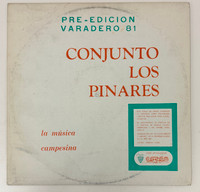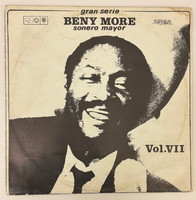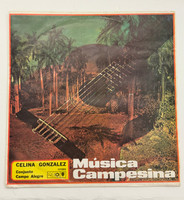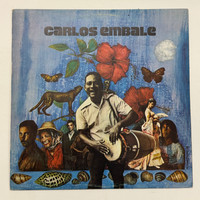- Travel
-
Exhibits
- La Portada Cubana
- Immortal Cuba: Artists Take on Their Heroes
- Seattle Poster Exhibit
- Sandra Dooley & Alejandrina Cué
- The Art of Wayacón
- Cuban Folk Art
- Cuba In Black And White
- 25 Years of Cuban Art Space
- Summer Folk Art Expo
- ¡SPRING AWAKENING FROM CUBA!
- Celebrating The Art Of Cuban Women
- Celebrating Paper, Affordable Art from Cuba
- Art of the Revolution
- Outsider Art
- Lost and Found
- En la lucha: Celebrating Cuban Women and Their Art
- Cuban Art Stash
- 100 Fires: 5 Cienfuegos Artists' Work on Paper
- Waya + Monte! Magic Realism in Cienfuegos
- Viva Cuba Viva! Poster Show
- Cultivando Sueños
- Black Lives Matter in Cuba Jan 9-March 27
- Leandro Soto: Crónicas visuales
- Cuban Canvas
-
Archive
- Global Reflection 2018: Spirit and Community
- Exhibit in the cloud: Contemporary Works on Paper
- MADE IN CUBA! MINNEAPOLIS EXHIBIT
- Cuban Posters and Photography from CCS collection
- AUTUMN SALE! Sept/Oct 2017
- SPRING ARTS AND CRAFT SALE
- Vuelo Directo/Non Stop: Alberto & Alejandro Lescay
- The Many Faces of Fidel
- Somos
- Made in Cuba!
- The US empire in Cuban graphics
- Made in Cuba/Seattle exhibit
- Entre Nos
- Looking Back
- Cuban Art Space
- Membership/Donate
- About Us
- Cuba News
-
This posthumous tribute album celebrates Bartolomé Maximiliano Moré (1919-1963), known as "El Bárbaro del Ritmo" (The Barbarian of Rhythm), Cuba's most beloved popular musician. The cover features Roberto Salas's striking solarized portrait of Benny Moré against a deep purple background, his face tilted upward in ecstatic song rendered in vibrant orange, pink, blue, and olive-green tones. Solarization—a photographic technique involving brief light exposure during development that creates partial tone reversal and distinctive halos—transforms this performance photograph into psychedelic pop art perfectly capturing Moré's transcendent musical spirit.
Roberto Salas, Cuba's preeminent revolutionary photographer, elevates this tribute beyond conventional memorial by creating an image that visualizes Moré's explosive musical energy and joyful intensity. The ornate yellow typography spelling "BENNY MORÉ" across the top references both Art Nouveau elegance and circus poster exuberance, appropriate for an artist who combined sophisticated musical arrangements with irrepressible showmanship. Santos Toledo's overall design integrates Salas's photograph with bold graphic elements, creating a cover that honors tradition while embracing contemporary psychedelic aesthetics.
The Festival de Música Popular Contemporánea, organized by Cuba's Ministry of Culture through its Music Direction, aimed to preserve authentic traditional genres while fostering new creative developments. This competitive festival selected works by musical authors whose compositions were chosen by principal juries and performed by relevant soloists and orchestral groups. The album features Orquesta Festival performing Moré tributes including "Mi Visión del Benny" (instrumental fantasy by Francisco García Caturla), "Todo Es Mío" (son guaracha by Omar Pérez), "Nancy Rubiery," "Date Prisa," compositions by Fernandito Sánchez, José Rolando Valdés, and tracks by Conjunto Rumbavana, with additional performances celebrating Moré's enduring influence.
Born in Santa Isabel de las Lajas on August 24, 1919, Moré died in Havana on February 19, 1963, just as Cuba's revolutionary cultural institutions were being established. This EGREM release demonstrates how the revolution canonized pre-revolutionary popular artists like Moré as authentic expressions of Cuban identity.
-
-
Discover More at the Center for Cuban Studies





![EGREM - Empresa de Grabaciones y Ediciones Musicales (cover designer: Ñiko (Antonio Pérez González), various artists), "Cuba que linda es Cuba," undated [likely 1970s]. Vinyl LP record](https://cdn10.bigcommerce.com/s-ufzvo/products/5962/images/6563/IMG_9637__98990.1762474699.200.200.jpg?c=2)

